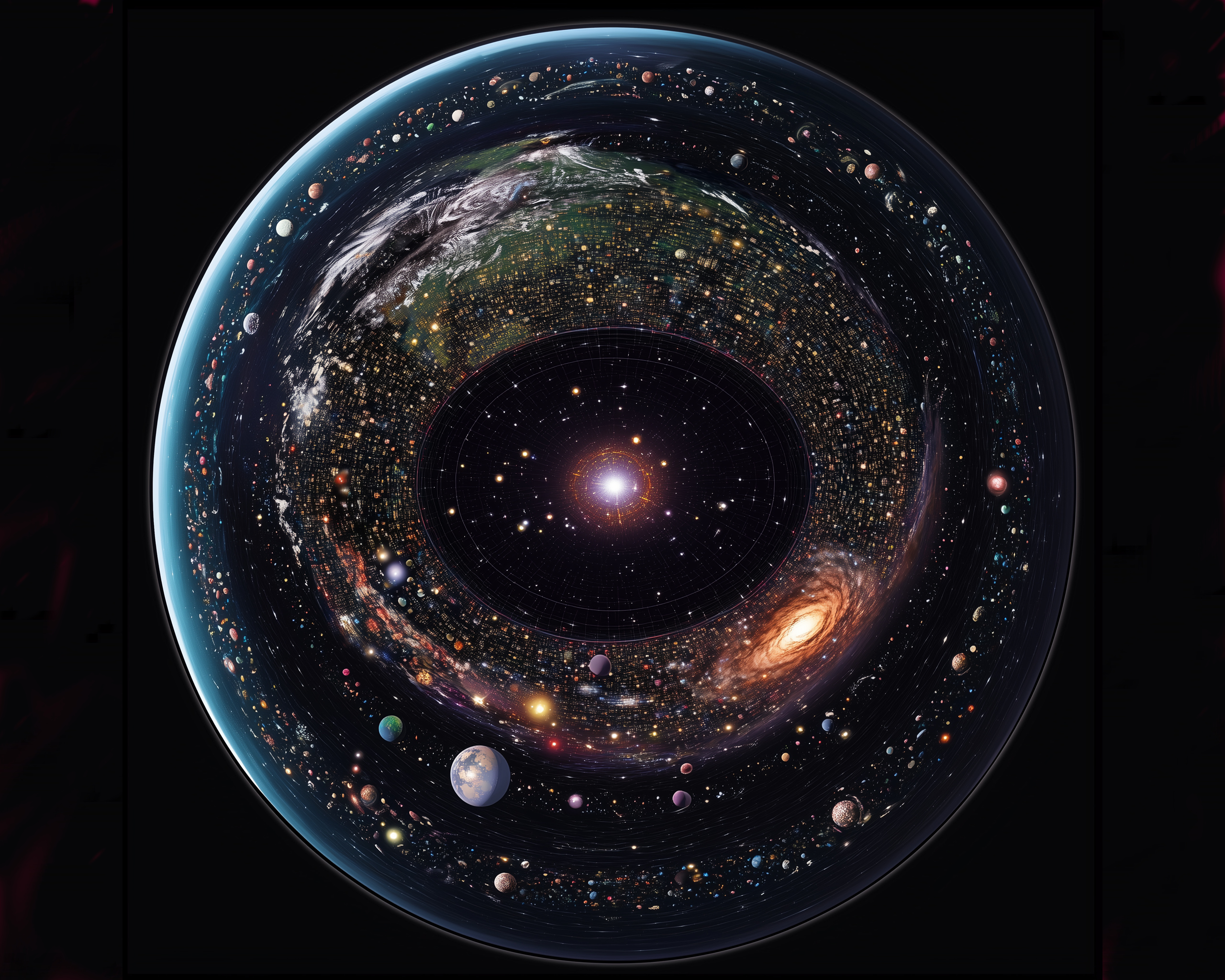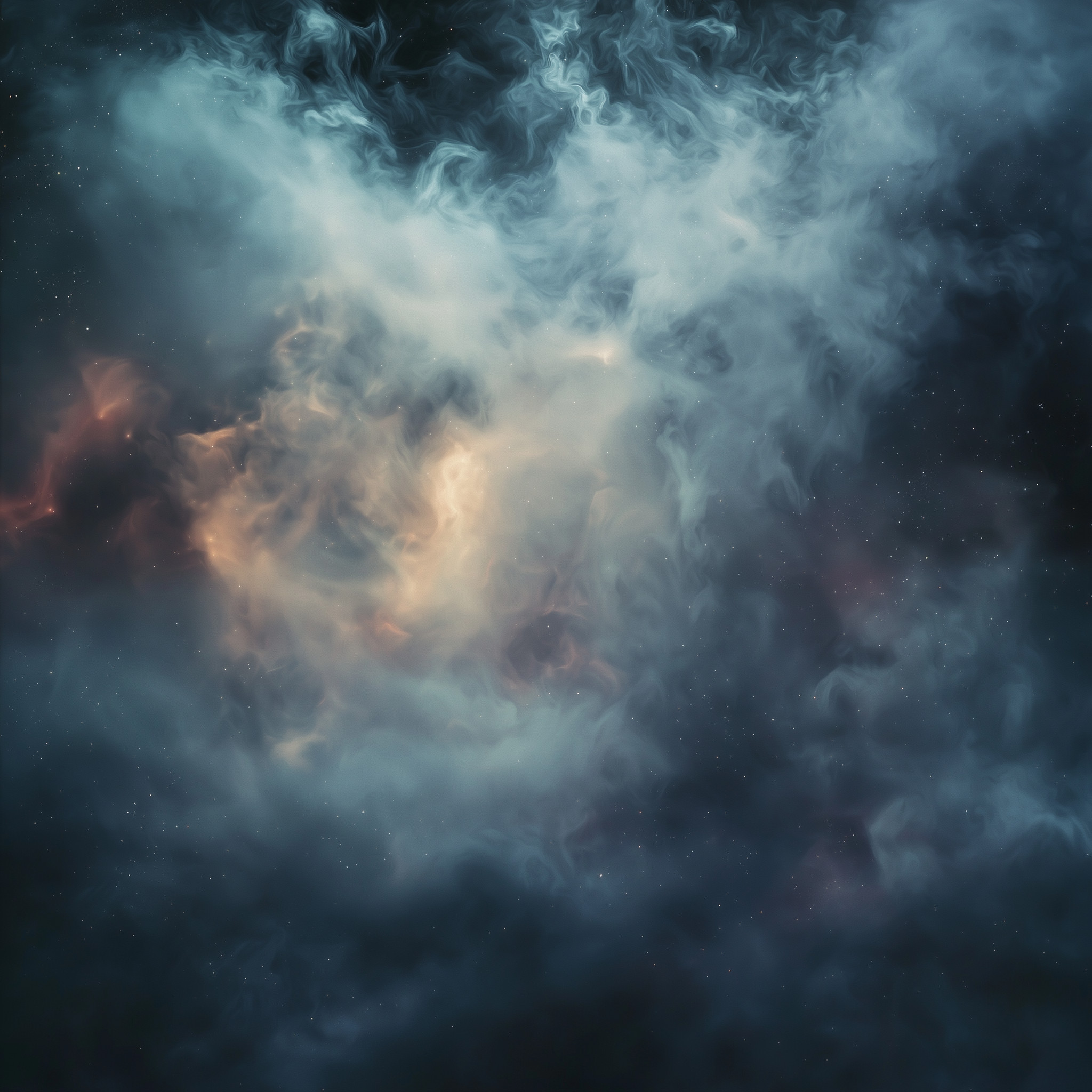
In exchange for some time and imagination,
I would like to return the gift of wonder.

The scales of the universe are beyond human imagination.
So let us scale them to something more comprehensible:
- Scale the 93 billion light-years of the known universe down to the diameter of the Earth.
- And the 14 billion years of its duration down to 365 years.
Five human lifetimes end-to-end now mark the present since the beginning of time, with each year now the duration of one heartbeat.

Our solar system would be a round grain of sand, about the diameter of a hair, with a tiny ember at the center.
Our Earth would be a blue electron deep within the sand grain near the ember for warmth and light, circling once per heartbeat.
Our sand grain solar system travels through an ocean of comforting sameness about a thousand kilometers below the crust of our rescaled universe.
Together, the embers beyond counting create light that moves, almost imperceptibly, like cold honey over the landscape.

How long since we first stood up to look at the stars? About a month.
How long since we realized the sun, not the Earth, was the center of our sand grain? Six minutes.
In the six minutes since we had the clarity of reason and tools of observation to notice we were not the center of the solar system, light has moved about the width of a hand in our rescaled earth-sized universe.
How far has our deepest probe gone? Launched with pride thirty seconds ago, Voyager I will take another four hours to reach the edge of the sand grain.

Imagine our brightest selves, carefully sifting through slivers of ancient light, which have slowly drifted through the universe to that imperceptibly small blue electron.
After about the time to sip a cup of coffee, we conclude we know the universe and its laws.
We also conclude we know the form, manner, and intentions of all gods that dwell here — although our conclusions do not agree.

Now imagine yourself on that electron buried deep inside the Oort cloud that marks the outer shell of your sand grain solar system.
What measurement could you make, or insight could you have, a thousand kilometers beneath the crust of the universe, that captures the idea of dolphins playing on the boundary of your universe or the seagulls flying above them?

A single picture would take six lifetimes of the universe to capture, as the light drifted in long after our ember has burned out.
Any message would take twice as long to return from the journey.
And who is to say that light even passes through the crust of the universe?
We are left with assumptions of sameness which are useful and likely correct near us, but perhaps wrong in the larger context suggested by this simple thought experiment.
We must accept unknowing.

So, I am glad that we have learned useful things, including principles and perspectives to live by.
But it is okay to accept that we will never know all things.
Perhaps this is important. The stars gift us wonder.